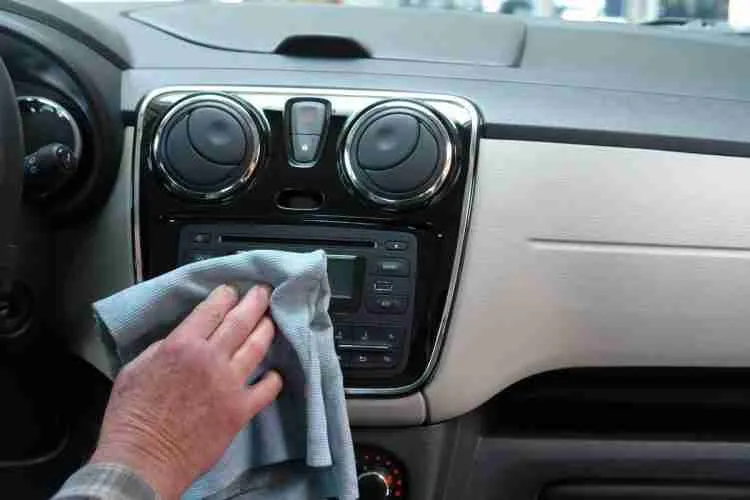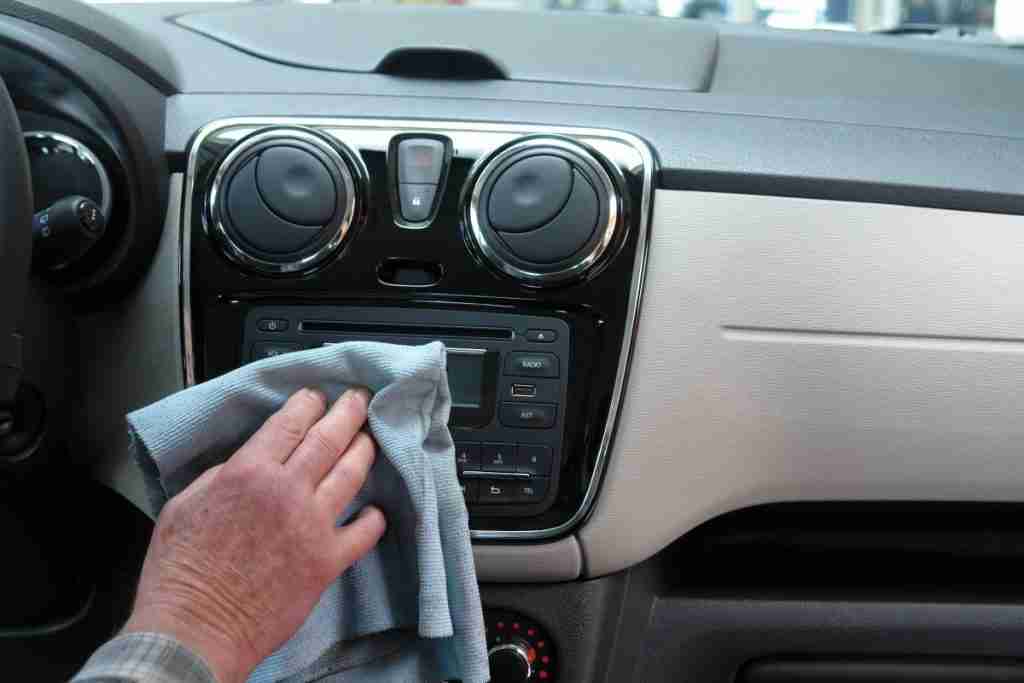Car Care in Winter: These Tips will Revive the Condition of your Car

Car Care in Winter
You need not be an automotive aficionado to know that chilling temperatures and your vehicle aren’t the best of friends. Maybe the first layer of frost has already dawned upon your windshield or you are on the brink of fall shilling out all the warm clothes for the upcoming winter season.
In either case, prepping your ride to face the cold season’s challenges is always a good idea.
Aside from the regular maintenance of your car, there are various in-house measures that must be taken care of if you don’t want your car maintenance bills to soar up this month.
Given below are some winter car maintenance tips that can assist you in keeping your vehicle safe and sound this winter.
Best tips at a glance

Regular maintenance minimizes the possibility of a power failure. With regular check ups, your vehicle will be in excellent shape to carry you on your trip. Checking the treads and the air pressure in your tyres is essential for your car to maintain a good grip on the road. It also contributes significantly to the overall comfort of the trip.
The following are some check ups that you can administer in order to ensure smooth functioning :
- Keep a check on the oil and coolant levels each month while the engine is cool. Getting under your hood frequently can save you from unwanted engine problems.
- Check your air filter to see if it’s flowing properly. These air filters are responsible for filtering out all the dust and debris. You can even increase the life of your engine and its fuel efficiency by keeping your air filter in line.
- Make sure all the turn signals, headlights and parking lights are working fine. Cold temperatures often lead to a short infusion in the wiring leading to electrical failures.
- Keep changing your motor oil once every 3 months or 3000 miles to avoid engine corrosion.
- The increased pollutant density in the air in the winter season causes many irritants such as dust and sand to accumulate on the surface of your vehicle. This increases the chances of rust and microscopic damage to the paint. Hence, frequent waxing after a wash is highly recommended.
- Maintaining Car’s battery health
Proper maintenance and monitoring of the batteries and battery charger are important since power failures can cost you a lot of money and will degrade your car’s health with time. After a few weeks of power failure, you might not be able to drive your car anymore.
The following are the different ways by which we can maintain our car’s battery health.
- Short trips should be avoided as much as possible.
- Keep your batteries secured at all times.
- Reduce the amount of energy used when the engine is not running.
- Maintain the cleanliness of your battery.
- Make every effort to limit your battery exposure to heat.
- Once a month, you should check the voltage of your battery.
- Don’t keep the vehicle idle for extended periods of time.
- Warming up the car
An excellent method to ensure that your automobile continues to operate properly throughout the winter is to regularly warm the vehicle. If you do not intend to use the vehicle, then starting it for a minimum of 10 minutes is essential. With this technique, the different components of the vehicle become active and warm up in order to avoid unintended problems during the winter months.
This is one of the easiest cold weather driving tips for your vehicle. Thus, the importance of this tip should not be overlooked while going through the vehicle maintenance checklist.
- Monitoring engine coolant levels
It is essential for you to be aware of the engine coolant levels in your vehicle. Your engine coolant includes antifreeze which during cold weather, protects the vehicle engine from freezing, getting jammed and also extends the longevity of a vehicle.
As a result, it is important to make sure that your car’s engine has the proper amount of engine coolant throughout the winter.
- Monitoring car tire pressure
The tyre pressure monitoring system (TPMS) in your vehicle is designed to alert you if one or more of your tyres are severely under-inflated, which may result in hazardous driving conditions on the road. When the tyre pressure is correctly set, the car uses less fuel and achieves better mileage than usual.
An automatic tyre pressure monitoring system can also save you money in the long run. Underinflated tires lead to poor controls. In certain cases, this may result in unexpected injuries and accidents. Thus, gauge the pressure of your tire to a slightly higher level than normal before hitting the road in winters.
- Check your lights
Owing to the reduced degree of visibility in the winters, a fully functioning lighting system is highly crucial. The short days also mean that you will now have to use your headlights more often in order to safely navigate through your way.
In order to keep your lights in pristine condition, you need to remove all the snow that covers the exterior portions of your lights. You can also consider replacing your headlights if they turn foggy or yellow as this may lead to a dimmer illumination across the road.
Also toggle all the switches and make sure all the lights such as tail lights, turn signals, high beams and internal lighting are functioning.
- Replacing tires
A good set of winter tires can easily slush away all the snow and ice on slippery pathways. Ideally, you should replace your winter tires when they are half worn if you want superior performance when cornering over snowy roads.
Winter tires often feature an aggressive tread pattern for a strong grip. You can check the tread depth of your tire if you want to know whether or not you should replace it. The biting edges of a worn out tire will also be smaller.
Furthermore, you can also check tire tread using wear indicators which are placed along the grooves of your tire to mark the minimum permissible depth.
- Keeping the gas tank full
When the temperature fluctuates, it causes condensation to form up inside your gas tank. Now, as you might have seen how thin the fuel line of your car is, it becomes a good surface for all the water to plummet and freeze leading to poor fuel transmission.
Gasoline on the other hand, can withstand low temperatures quite easily. Thus, a tank filled with gasoline will always be devoid of ice. Secondly, it can also double as a good source of heat if you end up getting stuck somewhere.
Aside from the gas tank, topping off the washer fluid is also not a bad idea. Winter brings frequent snowstorms along with it and having a full windshield-washer reservoir can come in pretty handy if you want to have a good viewing area ahead of yourself.
- Survey your nethers

Modern cars are equipped with underbody panels and low-hanging air dams to enhance the aerodynamic quotient. A low ground clearance may end up causing plenty of problems for you.
When driving across snowy paths, these mid-air components can often be hit by on-road debris and get damaged. In some cases, the entire panel and its mounting hardware can also be ripped off.
Thus, take a good look under your car & ensure every screw and bolt is in place. If you see any loose components, stick them in place using a double tape or a wire tie and tighten all the bolts in the vicinity.
- Stay clear of fall’s bounty
The beginning of the winter season also marks the end of fall which ends up showering a huge load of twigs and leaves on your vehicle. As harmless as this may seem, you should always keep your car free from being topped off with such organic matter.
The reason behind this is the potential debris build up which can be triggered in the valves and pipes. This prohibits the water from running out and increases the chances of corrosion.
The air plenum beneath the windshield is the most ommon entry point for such components.
- Prepare a survival kit
Being prepared for the worst is the best thing you can do to ensure the safety of your loved ones and yourself. Throw in a space blanket in the storage compartment of your car in case you end up in extreme temperatures.
Also keep a small bag in your trunk filled with :
- 2-3 days of water supply
- Some snacks
- A whistle
- A plastic bag for collecting snow in case you need water
- A lighter and a metal can for melting snow
- A small flashlight and a fully charged power bank for your phone
- A de-icer spray in case your trunk is jammed when you need to access it
With all these tips in mind, you can be sure that you won’t have to see any unwelcome surprises or costly repairs this winter season.
Have a great ride ahead!












No Comment